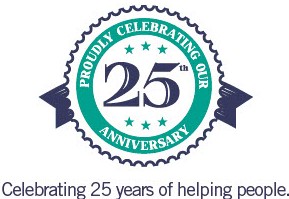Equifax is the major credit reporting agencys in Canada. There are 150 million database updates per month at Equifax, that is 4.28 for each man woman and child in Canada, and the system is accessed 160,000 times per day with a 99.98 accuracy rating. It is easy to see why it takes so long to get an answer from them when they are processing so much information.
Your credit rating is scored on a scale of 1 – 9. One being the best, and 9 representing the worst rating. Levels 1-5 are the ratings for a borrower who can still access credit and level 7 is for someone doing a repayment plan or Proposal. A first time bankruptcy will stay on the Equifax record for 6 years after the date of discharge (when you are done the bankruptcy) and for 14 years after the date of discharge after a second and subsequent bankruptcy. This does not mean you can’t get credit for 14 years, only that the lenders will see it on your record.
In a Proposal or R7, it will be purged from your record three years after you complete the Proposal. Currently a Proposal shows on the Equifax records as a “Proposal under the Bankruptcy and Insolvency Act” and this is creating a lot of confusion for debtors and lenders alike. People see the word Bankruptcy and panic even though it is not a bankruptcy. They all fall under the same legislation. This is an ongoing issue and is being addressed internally at Equifax to see if it can be rectified and reworded.
You may also hear your credit score described as a number between 300 and 900 with 900 being the best. Kind of backward from the other rating where 9 (the higher number) is the worst. This score is comprised of a few factors that are weighted differently. 35% is based on your payment history, 30% on the frequency of the utilization of credit (how often are you borrowing money), 15% on the length of credit history, 10% on the type of credit used and the final 10% on the volume and type of recent inquiries. A lot of people don’t realize that every time you give someone approval to look at your credit bureau it hurts your score. When those stores offer you a discount for opening an account, you may save 10% on your purchase but in the long run it may cost you more in higher interest rates elsewhere. If you have small amounts of credit at a number of places it is much harder on your rating than one larger loan that you pay on time every month.





